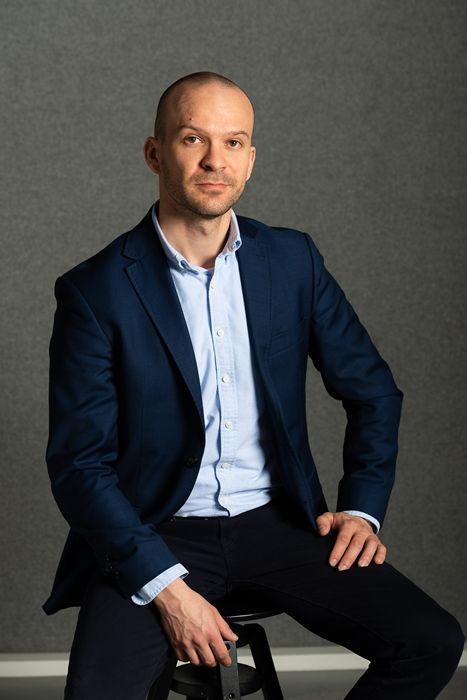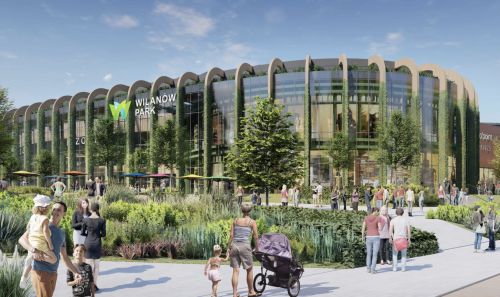Reducing energy usage is never an intuitive process. We are talking, after all, about an investment that has no immediate benefits in terms of revenue and will only see returns at some unspecified point in the future, while the introduction of such systems might involve switching off installations required for production purposes. Such measures nonetheless make more sense than just in environmental terms alone.
The consolidation in the retail market generates a lot of pressure to reduce prices, while, on the other hand, almost every cost continues to grow, such as salaries, utilities, construction and development costs and taxes. Margins are being squeezed even further. The obvious response to this is to increase the scale of your activities, but this is often not possible due to inadequate gas or electricity supplies – and it’s unclear when this situation might change.
Where to find savings
As everyone knows, a firm’s profit is the difference between its costs and































































